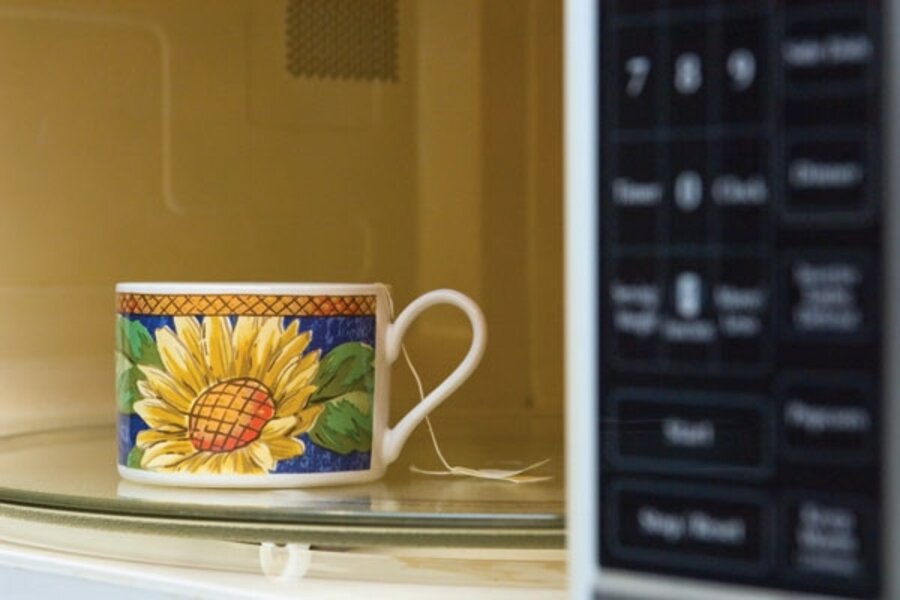Earth Talk: The most energy-efficient way to heat a cup of water
Loading...
Q: How does the microwave compare in energy use, say, to using a gas or electric stove burner to heat water for a cup of tea?
– Tempie, Dexter, Mich.
A: The short answer is that it depends upon several variables, including the price of electricity versus gas and the relative efficiency of the appliances involved. Typically, though, a microwave would be slightly more efficient at heating water than the flame on a gas stove and should use up a little less energy. The reason: The microwave’s heat waves are focused on the liquid (or food), not on heating the air or container around it.
Given this logic, it’s hard to believe that an electric stove top would be any better, but an analysis by Home Energy Magazine found otherwise. The magazine’s researchers discovered that an electric burner uses about 25 percent less electricity than a microwave to boil a cup of water.
That said, the difference in energy saved by using one method over another is negligible: Choosing the most efficient process might save a heavy tea drinker a dollar or so a year. “You’d save more energy over the year by replacing one light bulb with a CFL [compact fluorescent light bulb] or turning off the air conditioner for an hour ... at some point over the whole year,” says Michael Bluejay, author of a website about saving electricity.
Although a microwave may not save much energy or money when heating water, it can be much more energy-efficient than a traditional full-size oven when it comes to cooking food. Because their heat waves are concentrated on the food, microwaves cook and heat much faster than traditional ovens. According to the federal government’s Energy Star program, which rates appliances based on their energy efficiency, cooking or reheating small portions of food in the microwave can save as much as 80 percent of the energy used to cook or warm them up in the oven.
The website Treehugger.com reports that there are other things you can do to optimize your energy efficiency around the kitchen when cooking: Keep the inside surfaces of your microwave oven clean to maximize the amount of energy reflected toward your food. On a gas stove top, make sure the flame doesn’t extend beyond the cookware. On an electric stove, make sure the pan completely covers the heating element to minimize wasted heat. Also, use the appropriate size pan, as smaller pans are cheaper and more energy-efficient to heat up.
However, Mr. Bluejay reiterates that most of us won’t put a dent in our overall energy use just by choosing one appliance over another. “Focusing on cooking methods is not the way to save electricity [at home],” he says. “You should look at heating, cooling, lighting, and laundry instead."
Questions about living green? Send to: EarthTalk, c/o E - The Environmental Magazine, Box 5098, Westport, CT 06881; earthtalk@emagazine.com.





